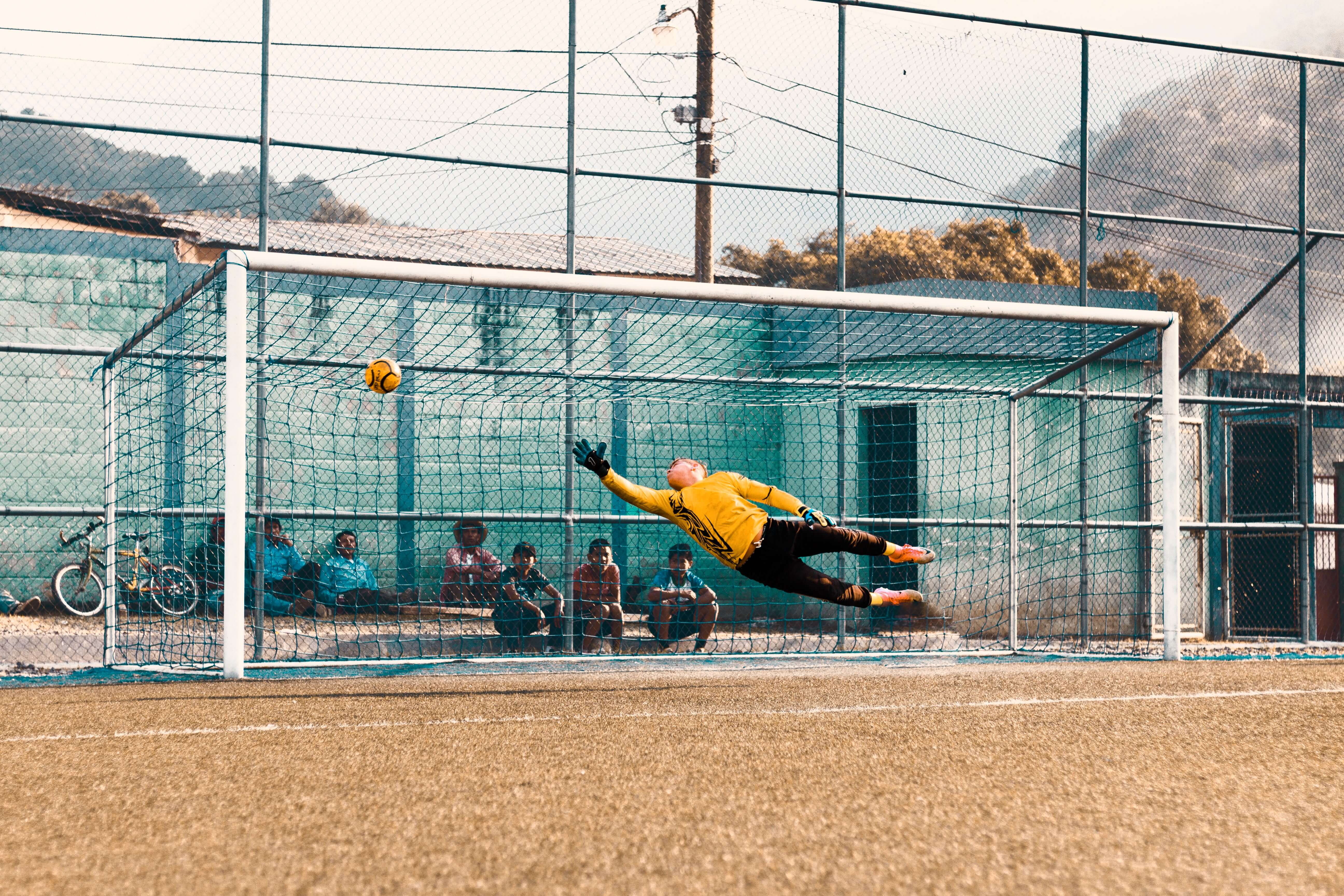The Psychology of Colours in Football

Every football fan has their own colours. From the scarlet and sky blue colours of West Ham to the fiery reds of Manchester United, football colours are iconic and a point for fans to rally around.
But far from just being a unifying emblem, the colours in football have a lot more meaning to them.
TV-friendly monochrome
It goes without saying that it’s important for the ball to be visible during the match – not only for the players, but for spectators too. The iconic black and white football design first came about for the 1970 World Cup in Mexico. Adidas developed the Telstar ball so it could be seen more clearly on black and white televisions with its patterned exterior.
This classic design has continued through to the age of colour television. Balls now often have flashes of colour but still vividly stand out on our TV screens. This year’s ball harks back to the original Telstar design with a pixelated grey effect – a lot like how TV used to look!
Referees need to stand out
It’s important that referees stand out from each team to avoid confusion. FIFA rules state referees have to wear either black, red, yellow, green or blue. Most opt for black or yellow, both of which have significantly different meanings.
An all-black strip provides an air of authority and a strong ‘don’t argue with me’ vibe. Whereas according to colour psychology, yellow is traditionally seen as a happy and optimistic colour. We haven’t conducted a scientific study but if yellow is happy, we think it’s more likely a player will argue with a referee in yellow than black.
Referees also need to be authoritative. Not only did the 1970s World Cup spawn the modern-day football, but it was also the first tournament to use the card system. Invented by Ken Aston, cards were intended to help overcome language barriers. Just like with referee uniforms, the colours are intended to stand out and convey a sense of authority. While yellow is a happy colour, it can also act as a warning and induce anxiety yellow is a warning and an anxiety inducing colour and red, well with red there’s no doubt as to whether you’re in a trouble or not.
Red strips are more likely to win
Red is traditionally viewed as a powerful colour. It’s confident and bold but also has negative links to defiance and aggression.
In an even contest, red is more likely to come out on top against blue. If Portugal and Argentina face off in their home kits, we can finally put to bed the argument of who is better: Ronaldo or Messi.
A study carried out found that penalty taker wearing red were perceived by goalkeepers as having more positive characteristics than those wearing white. Goalies also thought that their chances of successfully saving a penalty from a red strip was lower than those wearing white.
So, when it comes to penalties, England might want to swap to the away kit!
Black means bookings
When it comes to kits with a negative impact, black is thought to be the worst. A study of NFL and ice hockey teams found that there was a significant increase in the number of penalties awarded against all-black strip teams vs. those with colour.
But black is a strong authoritative colour, so it’s the perfect strip for a referee.
Blue is cool
Blue is traditionally associated with efficiency, logic, cool and intelligence. Both Iceland and Uruguay made it through the group stages without a single yellow card – two teams that often play in blue and white.
But when up against red teams, blue is often dominated by its defiant opposition.
The jury’s out on goalie kits
Just like referees, goalkeepers have to wear a different coloured strip to differentiate themselves from the rest of the team. But, as to whether or not a brightly coloured kit is distracting, there’s no conclusive evidence that suggests it is.
Some pundits believe though that a keeper’s kit with darker tones could force a player to concentrate more to locate them. This then could be distracting as it’s unsettling and causes a player to stutter.
All in all though, we love how colourful this year’s World Cup is. But the real question is, will a red kit country lift the trophy?



